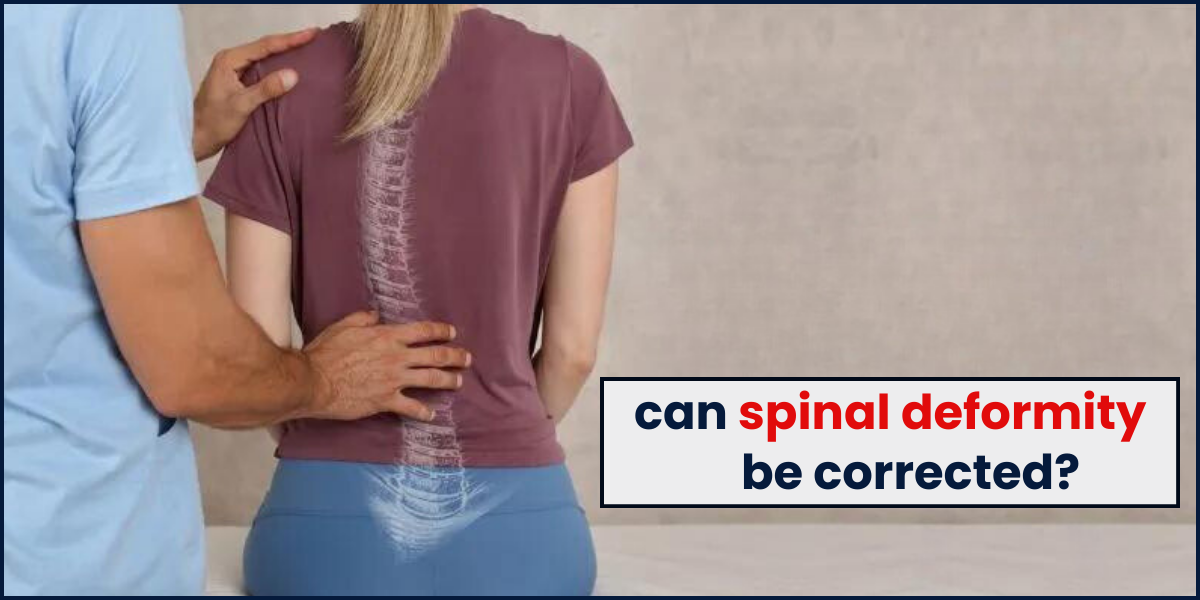Can a spinal deformity be corrected?
Spinal deformities, such as scoliosis, can indeed be corrected through various treatments and procedures. From non-invasive techniques like physical therapy and bracing to surgical interventions, there are multiple options available to address and correct spinal deformities. These approaches aim to alleviate discomfort, improve posture, and prevent further progression of the deformity. In this blog, we will explore the different methods used to correct spinal deformities, shedding light on the promising advancements in medical science that offer hope and solutions for individuals dealing with these conditions.
What is a spinal deformity?
Spinal deformity refers to an abnormal curvature or alignment of the spine, which can result from various factors such as congenital conditions, degenerative diseases, trauma, or poor posture. These deformities can manifest in different regions of the spine and lead to discomfort, limited mobility, and, in severe cases, neurological complications.
Types of Spinal Deformity:
Scoliosis:
Scoliosis, characterized by a lateral curvature of the spine, can affect individuals of all ages but is more common in adolescents.
Kyphosis:
This condition involves an exaggerated forward rounding of the upper back, leading to a hunched posture.
Lordosis:
Also known as swayback, lordosis is an abnormal inward curvature of the lower spine, causing the lower back to appear highly arched.
Treatment Options:
Non-Surgical Treatments:
Physical Therapy:
Targeted exercises can strengthen muscles, improve flexibility, and correct posture.
Bracing:
In cases of progressive scoliosis, a brace may be recommended to halt further curvature advancement, especially in growing children.
Pain Management:
Medications, injections, and other pain management techniques can help alleviate the discomfort associated with spinal deformities.
Surgical Treatments:
Spinal Fusion:
A common surgical procedure involves joining two or more vertebrae together to stabilize the spine and correct deformities.
Vertebral Body Tethering:
A less invasive alternative to spinal fusion, this procedure uses screws and a cord to correct curvature gradually, allowing for continued spine growth.
Spinal deformities are complex conditions that require specialized care and tailored interventions. With the expertise of Shrikant Dalal at Orthos Centre for comprehensive spinal deformity correction doctors in Pune and access to innovative treatment options, individuals grappling with spinal curvature abnormalities can find hope in the journey towards correction and improved spinal health. Remember, early diagnosis and proactive management play pivotal roles in achieving successful outcomes in spinal deformity correction. Trust in the expertise of a spine clinic in Pune to guide you towards a straighter, healthier spine.


